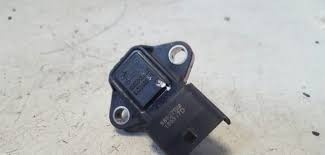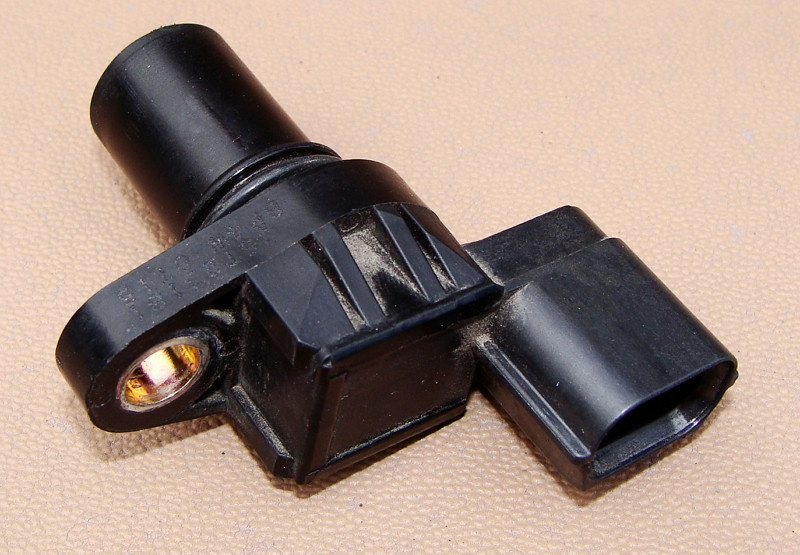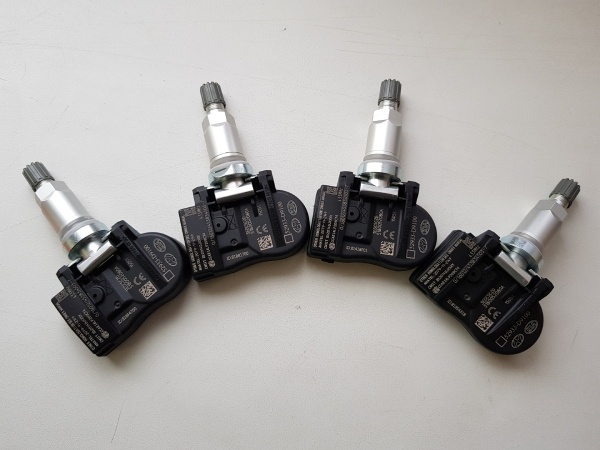
Sensors KIA RIO
Content

Korean cars began to appear more and more often on sections of Russian highways. One of the most popular KIA brand cars in Russia is KIA RIO. This car has gained wide popularity due to its affordability, comfort and reliability.
Kia is equipped with a 1,6-liter injection gasoline engine. As you know, cars with an injector are equipped with a large number of sensors that correct the operation of the engine, participate in the formation of the fuel mixture, adjust the ignition timing, and much more.
Often, sensors can fail, and in order to find a breakdown, it is necessary to conduct a detailed diagnosis of the car. In most cases, sensor failure is due to moisture ingress or even due to a loose sensor connection. Sometimes it is enough to visually check the sensor to understand what is wrong, but for this you need to know where it is and what it looks like.
This article talks about the injector sensors on a KIA Rio car, i.e. their purpose, location and signs of malfunction.
The engine control unit
To control all the sensors installed on the Kia Rio engine, a special electronic engine control unit (ECU) is used. In this part, many different processes are calculated that are necessary for the stable operation of the engine. The ECU determines the amount of fuel that needs to be supplied to the cylinders, the amount of air, the ignition timing and much more.
Location
The engine control unit is located in Rio, under the hood, next to the battery.
Malfunction symptoms:
The signs of a malfunction of this node include all signs of failure of any sensor. Very often, the engine control unit fails after washing the engine, as moisture under pressure can enter the unit and cause a short circuit inside it.
Crankshaft sensor
This sensor is used to determine the top dead center of the piston, that is, the moment of compression of the air-fuel mixture. This is necessary for the timely supply of a spark to the combustion chamber to ignite the fuel. DPKV is the only sensor, if it fails, the car engine will not be able to start, as there will be no spark, because the ECU will not be able to understand in what position the engine pistons are now.
Location
The sensor is located in the gearbox housing closest to the engine block and reads the flywheel.
Malfunction symptoms:
- Engine bit;
- There is no spark on the candles;
- The engine does not start;
Oil pressure sensor
Oil pressure is necessary for proper engine operation and lubrication of moving parts such as crankshaft, camshaft, etc. If oil pressure drops, lubrication will not flow to the axles, resulting in seizing and failure. To monitor oil pressure, automotive engineers came up with a special sensor that informs the driver about the loss of oil pressure in an internal combustion engine. Loss of oil pressure is signaled by a special red oil lamp on the dashboard. It lights up when the ignition is turned on and should go out after the engine is started.
Location
The Kia Rio oil pressure sensor is located next to the oil filter.
Malfunction symptoms:
- The oil pressure lamp does not work;
- The oil pressure lamp is constantly on;
Coolant temperature sensor

To determine the temperature of the coolant in the engine, a special sensor is used, inside of which there is a thermoelement that changes its resistance depending on temperature. When the engine is started, when the coolant is cold, the sensor sends readings to the ECU, and the engine block forms the necessary fuel mixture for warming up with a large amount of fuel. When the internal combustion engine warms up, the resistance changes and the ECU returns the fuel mixture to normal.
Location
DTOZH in Kia Rio is located near the thermostat and intake manifold.
Malfunction symptoms:
- Increased fuel consumption;
- Difficulty starting the internal combustion engine hot / cold;
- Black smoke from the chimney;
Oxygen sensor
An oxygen sensor or lambda probe is used to determine the concentration of carbon dioxide in the exhaust gases. This part is necessary for calculating harmful emissions into the environment, if these parameters exceed the permissible ones, the sensor sends signals to the computer to adjust the fuel mixture and order exhaust gases.
Location
The Kia Rio oxygen sensor is located in the exhaust manifold and is threaded.
Malfunction symptoms:
- Loss of vehicle dynamics;
- Increased fuel consumption;
- Black smoke from the chimney;
Absolute pressure sensor

DBP is needed to determine the vacuum in the intake manifold and calculate the temperature of the intake air in the engine. These parameters are necessary to prepare the correct fuel mixture, taking into account the speed of the crankshaft, throttle opening and ambient temperature.
Location
The absolute pressure sensor on the Kyo Rio is located in the intake manifold closest to the right side of the engine.
Malfunction symptoms:
- Black soot on candles;
- Poor vehicle traction;
- Increased fuel consumption;
- Black smoke from the chimney;
Camshaft sensor

The camshaft sensor is used to determine the valve timing. This allows fuel to be injected into each cylinder in stages, saving fuel and improving vehicle performance.
Location
The camshaft sensor is located on the left side of the engine next to the timing gear.
Malfunction symptoms:
- Loss of ICE power;
- Increased fuel consumption;
Throttle sensor

The KIA Rio uses an electronic throttle and an electronic throttle valve, which integrates a throttle position sensor and an idle speed control. This refinement increased the reliability of this unit and had a positive effect on the smoothness of the car. As a rule, this part is very reliable, its only problem may be throttle contamination.
Location
The KIA Rio throttle position sensor and idle speed control are built into the throttle assembly itself.
Malfunction symptoms:
- Floating idle;
- Poor start of the internal combustion engine;
ABS sensors
For the operation of the anti-lock braking system of the car, special sensors are used that read the readings of the master disks. The drive disc rotates with the wheel, and the ABS sensor reads from it, as soon as the car starts to brake and the wheels are locked, the sensor understands that the disc is not rotating, it sends a signal to the brake control unit to activate the ABS system.
Quite often, the failure of the ABS is associated with the usual contamination of the sensors or a wire break in the sensor power supply circuit.
Location
The sensors are located on each wheel of the vehicle, one sensor per wheel.
Malfunction symptoms:
- ABS does not work;
Useful video
